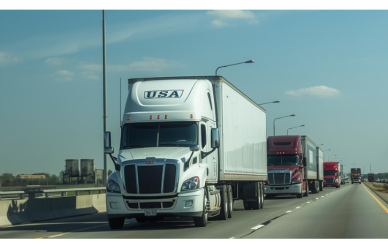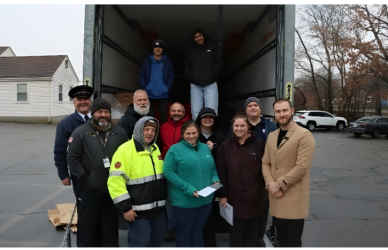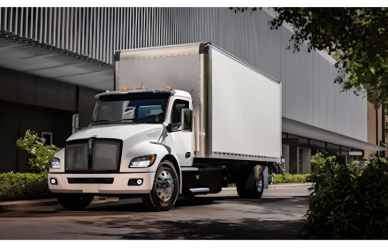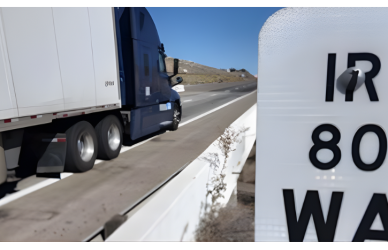After 5 long years of developing their first commercial electric vehicle, Tesla delivered its first semis to Pepsi this month. The enthusiasm for what Elon Musk called, “the most badass rig on the road,” is anything but universal.
The Tesla semi can travel 400 miles on an 80% charge with a full load, and 500 miles when fully charged. This is also if the weather isn’t too cold, causing further battery zapping and therefore fewer miles until the next charge is needed. While specs have yet to be released on how long it takes the rig to reach a full charge, it takes the semi 30 minutes to charge up to 80%, according to Tesla reports.
Ernie Navarrete, a Texas-based trucker says he can refuel his diesel truck in about seven minutes, according to Cowboy State Daily which interviewed several Wyoming truckers to get their thoughts on the new vehicle. Based on these interviews, the consensus was that many would prefer to pass on the Tesla semi for now.
“I sometimes do friggin’ 800 miles in a day,” said Roy Smith, a Maryland-based long-haul trucker. “Having to charge every 400, that’s just not efficient. No, that’s not good at all.”
The all-electric Semi also requires a Tesla Megacharger station for charging — an asset currently almost non-existent in the US.
At the Detroit Auto Show in September, President Biden announced that the U.S. would be committing to a $900 million investment in electric vehicle charging infrastructure. This massive fund is intended to help build around 500,000 charging stations across 35 states.
In order for the Tesla semi to become widely adopted, the U.S. will need to prioritize Megacharger installation during EV charging infrastructure expansion.
If California government officials stick to their goal of banning fossil-fueled medium- and heavy-duty trucks by 2040, other states are expected to do the same, but the question remains – Are we ready for this level of mass adoption?











